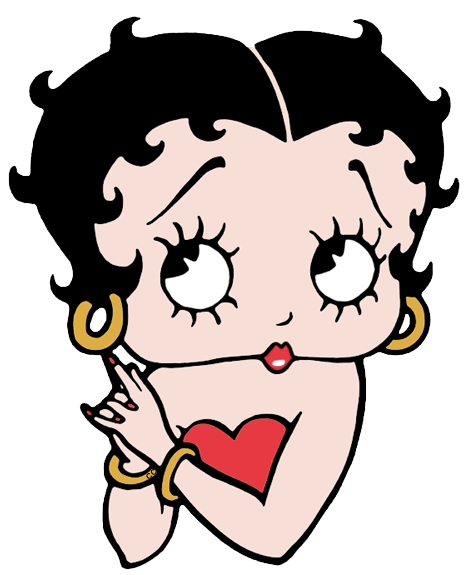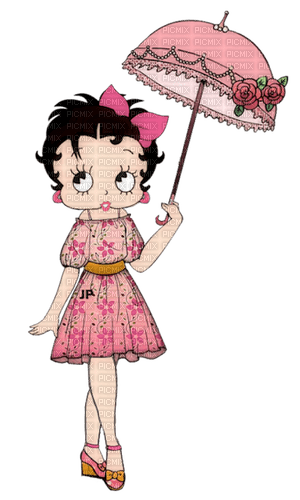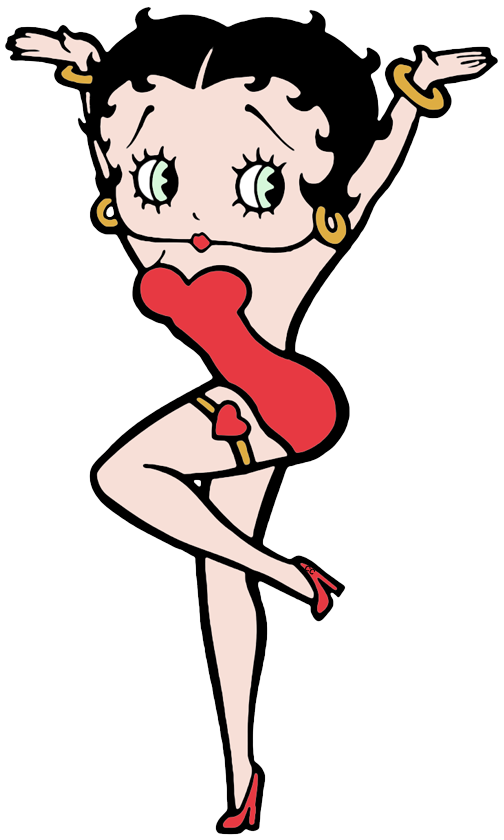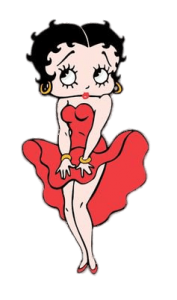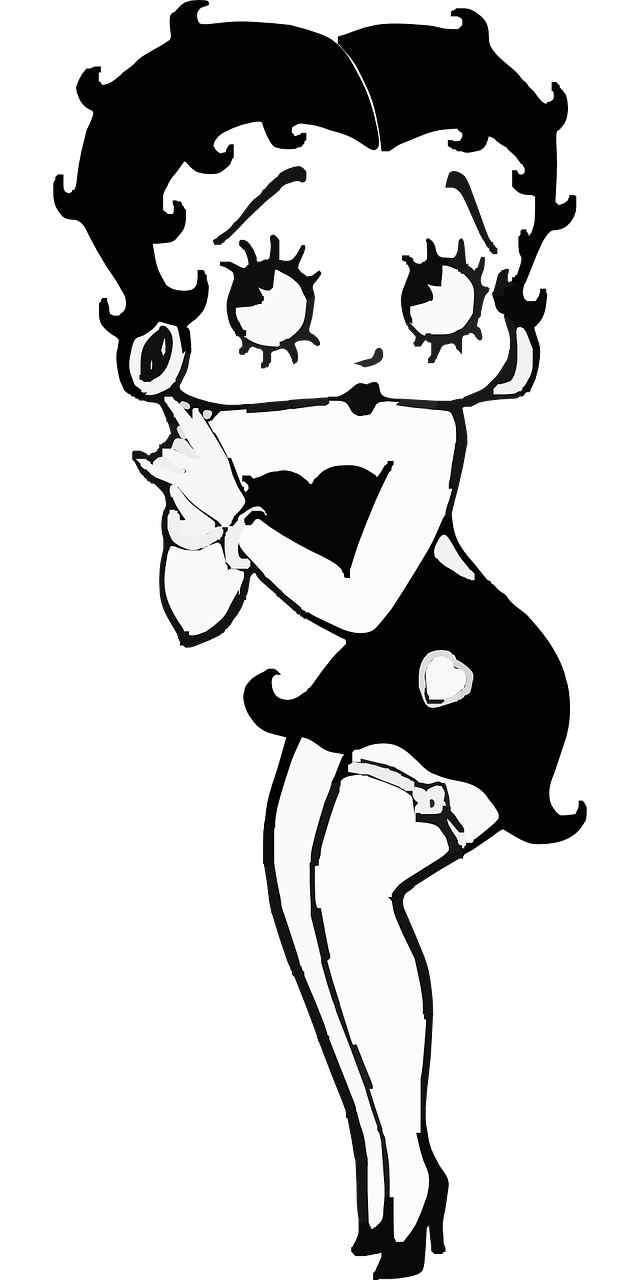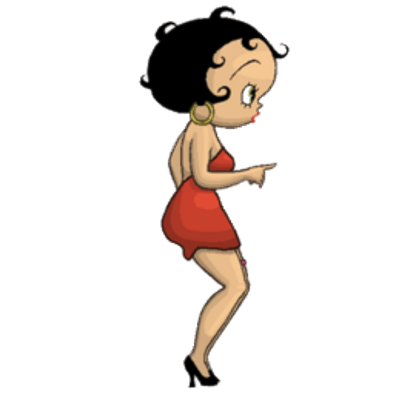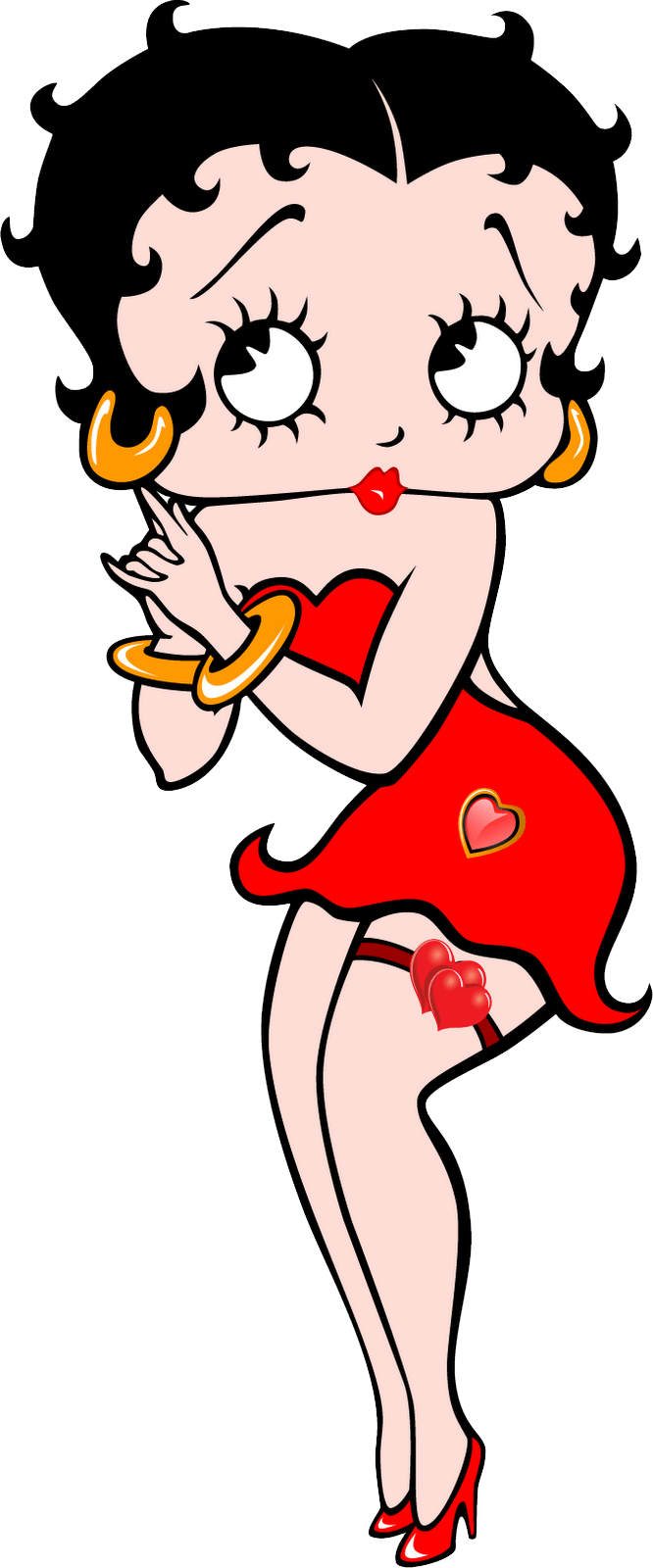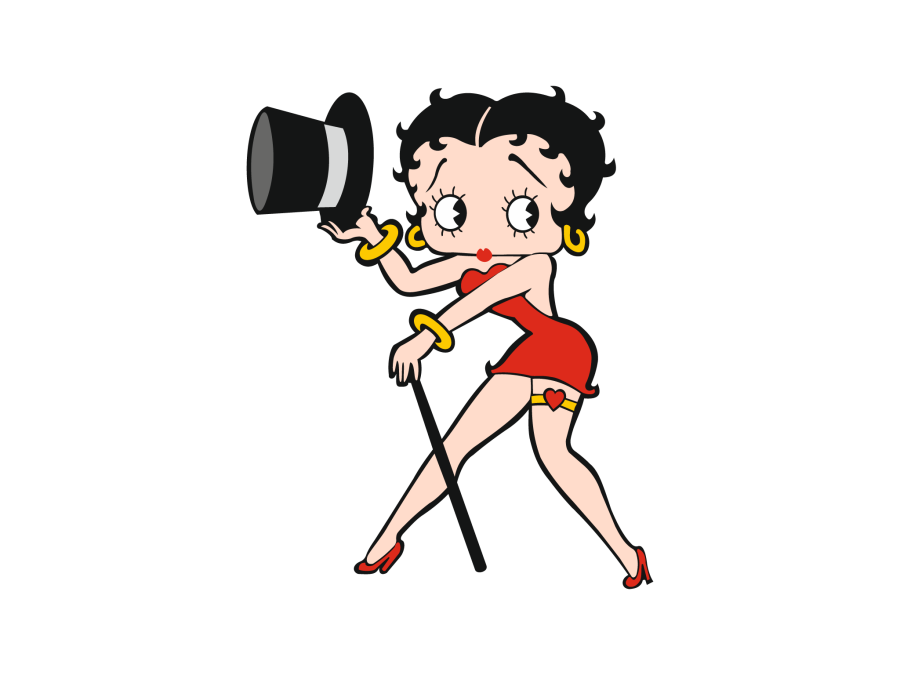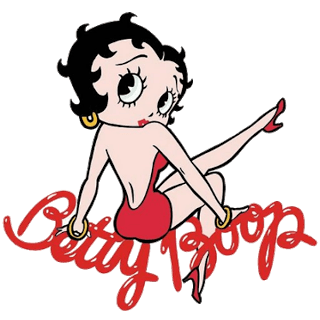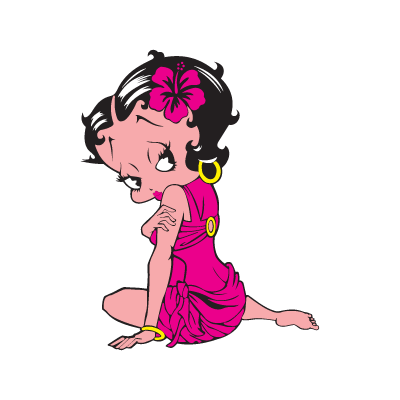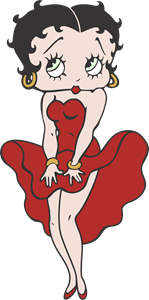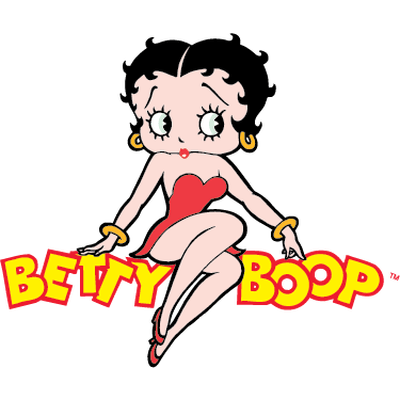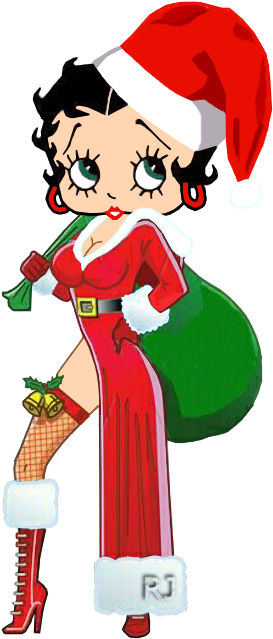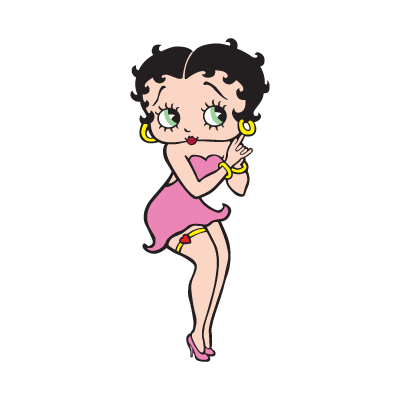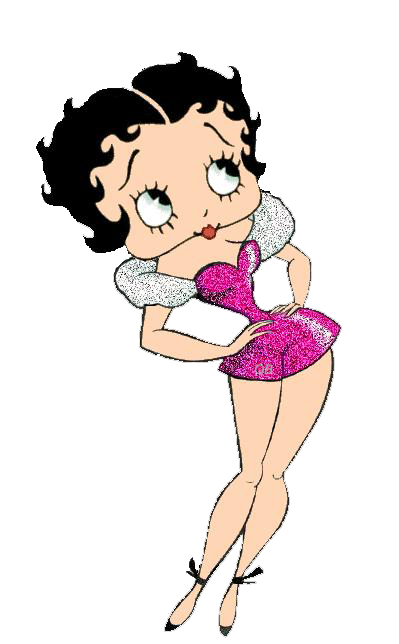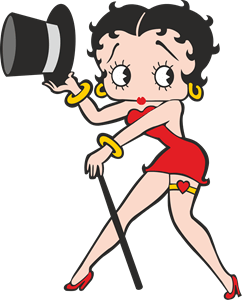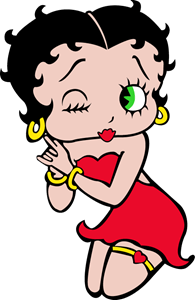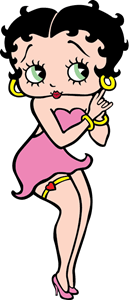Download top and best high-quality free Betty Boop PNG Transparent Images backgrounds available in various sizes. To view the full PNG size resolution click on any of the below image thumbnail.
License Info: Creative Commons 4.0 BY-NC
Betty Boop is a world-renowned cartoon character that emerged during the Golden Age of American animation in the 1930s. She is known for her seductive demeanor, high-pitched voice, and trademark boop-oop-a-doop catchphrase.
Betty Boop was created by Max Fleischer, a renowned animator who also popularized the Popeye and Superman cartoon franchises. Betty was initially an anthropomorphic French poodle named Bimbo but later evolved into a fully-fledged human character.
The Evolution of Betty Boop
Betty Boop debuted in the 1930 cartoon “Dizzy Dishes” as a waitress in an anthropomorphic animal world. Her first appearance had her donning a popular flapper hairstyle, short skirts, and garter belts, giving her a sexy and provocative persona. Betty’s character would continue to evolve over time, gracing the screen with her star power in various films and comics.
In the early stages of her character’s development, Betty Boop was portrayed as a caricature of the flapper girl, a popular trend among young women in the 1920s. She was often presented as a love interest for male cartoon characters and was depicted engaging in risqué behavior such as smoking and drinking alcohol. However, as the Production Code was implemented in the late 1930s, Betty’s image became more conservative; her dresses were made longer, and her flirtatiousness subdued.
The Rise of Betty Boop’s Popularity
During the depression era of the 1930s, a time when most Americans struggled to make ends meet, Betty Boop provided audiences with an escape from the harsh reality of life. She was a beloved character who embodied not only the glamour of the roaring twenties but also the resilience and optimism of the decade to follow.
As the popularity of Betty Boop grew, so did her merchandise line. The character’s face was on everything from watches to toys, and her likeness was used in various advertisements. Her popularity even had her featured in the Macy’s Thanksgiving Parade and guest-starring on “The Little Rascals” TV show.
Betty Boop’s Contributions to American Animation
Betty Boop’s character transgressed societal norms in the 1930s, paving the way for other female character portrayals such as MGM’s Tom and Jerry’s red-headed girlfriend, who was created after Betty but acknowledged the sensitivity of gender portrayals on-screen.
Moreover, Betty Boop’s character served as the first female animation character with her cartoons aimed at adult audiences. Her iconic catchphrase “boop-oop-a-doop” is a hallmark in American pop culture, with many people instantly recognizing her name or likeness upon hearing it.
Betty Boop’s Legacy
Betty Boop continues to be a beloved character, with her merchandise line still inspiring new generations of consumers. In 1988, Betty Boop even made a comeback in the movie “Who Framed Roger Rabbit,” with Mae Questel reprising her iconic voice role. Betty has been featured in comic books, video games, and clothing lines, cementing her place in American pop-culture history as an icon of animation.
Betty Boop is a character who has undoubtedly left an indelible mark on American animation. Her character’s controversy balanced with redeeming qualities made her style a signature component for now defining female cartoon characters. Although time has evolved from her original conception, she remains a beloved character, with her legacy spanning multiple decades and influencing numerous creative endeavors.
Download Betty Boop PNG images transparent gallery
- Betty Boop PNG Image HD
Resolution: 471 × 575
Size: 74 KB
Image Format: .png
Download
- Betty Boop PNG Image
Resolution: 300 × 500
Size: 35 KB
Image Format: .png
Download
- Betty Boop PNG Images HD
Resolution: 149 × 300
Size: 10 KB
Image Format: .png
Download
- Betty Boop PNG Images
Resolution: 504 × 840
Size: 90 KB
Image Format: .png
Download
- Betty Boop PNG Photo
Resolution: 177 × 300
Size: 49 KB
Image Format: .png
Download
- Betty Boop PNG Photos
Resolution: 640 × 1280
Size: 150 KB
Image Format: .png
Download
- Betty Boop PNG Pic
Resolution: 400 × 400
Size: 15 KB
Image Format: .png
Download
- Betty Boop PNG Picture
Resolution: 1200 × 2512
Size: 102 KB
Image Format: .png
Download
- Betty Boop PNG
Resolution: 666 × 1600
Size: 95 KB
Image Format: .png
Download
- Betty Boop Transparent
Resolution: 900 × 675
Size: 71 KB
Image Format: .png
Download
- Betty Boop
Resolution: 320 × 320
Size: 29 KB
Image Format: .png
Download
- Betty Boop Background PNG
Resolution: 400 × 400
Size: 30 KB
Image Format: .png
Download
- Betty Boop No Background
Resolution: 149 × 300
Size: 13 KB
Image Format: .png
Download
- Betty Boop PNG Background
Resolution: 400 × 400
Size: 27 KB
Image Format: .png
Download
- Betty Boop PNG Clipart
Resolution: 273 × 639
Size: 181 KB
Image Format: .png
Download
- Betty Boop PNG Cutout
Resolution: 400 × 400
Size: 19 KB
Image Format: .png
Download
- Betty Boop PNG File
Resolution: 399 × 644
Size: 145 KB
Image Format: .png
Download
- Betty Boop PNG Free Image
Resolution: 242 × 300
Size: 15 KB
Image Format: .png
Download
- Betty Boop PNG HD Image
Resolution: 195 × 300
Size: 12 KB
Image Format: .png
Download
- Betty Boop PNG Image File
Resolution: 129 × 300
Size: 10 KB
Image Format: .png
Download
